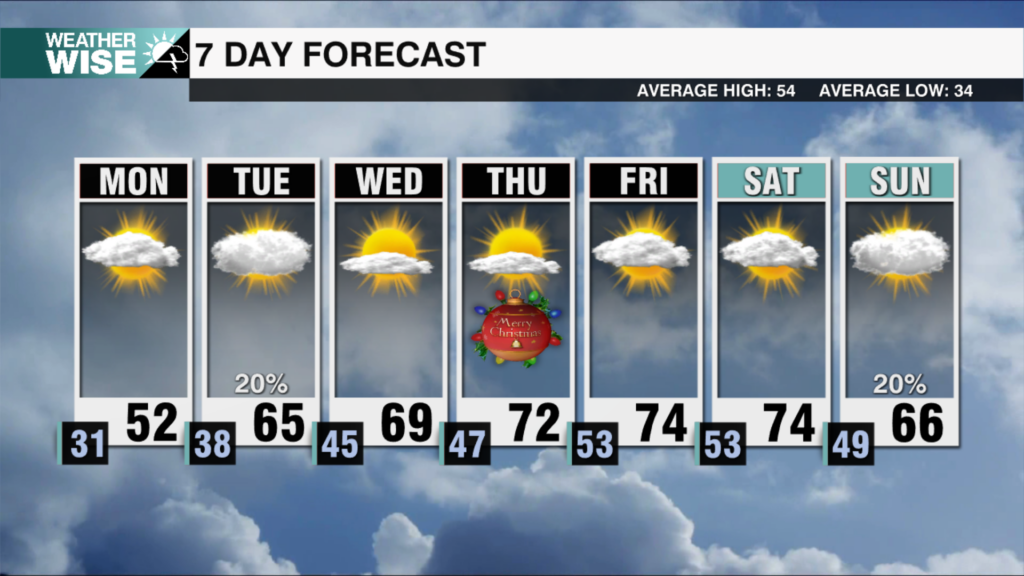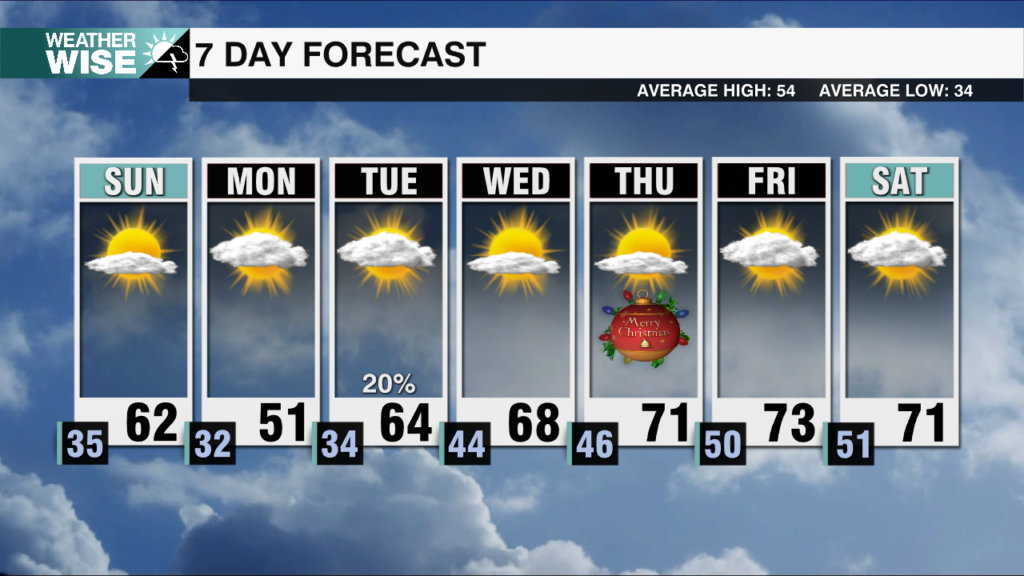WASHINGTON (AP) — With the Federal Reserve widely expected Wednesday to reduce its key interest rate by a quarter-point to about 4.1%, economists and Wall Street investors will be looking for signals about next steps: How deeply might the Fed cut in the next few months?
There are typically two different approaches the central bank takes to lowering borrowing costs: Either a measured pace that reflects a modest adjustment to its key rate, or a much more rapid set of cuts as the economy deteriorates in an often-doomed effort to stave off recession.
For now, most economists expect it will take the first approach: What many analysts call a “recalibration” of rates to keep the economy growing and businesses hiring. Under this view, the Fed would reduce rates as many as five times by the middle of next year, bringing its rate closer to a level that neither stimulates or slows the economy.
Wall Street traders expect three reductions this year and then two more by next June, according to futures pricing tracked by CME Fedwatch.
A rate cut Wednesday would be the first in nine months. The Fed, led by Chair Jerome Powell, reduced borrowing costs three times last year. But it then put any further cuts on hold to evaluate the impact of President Donald Trump’s sweeping tariffs on the economy.
As recently as their last meeting in late July, Powell described the job market as “solid” and kept rates unchanged as officials sought to take more time to see how the economy evolved.
Since then, however, the government has reported a sharp slowdown in hiring, and previous government data has been revised much lower. Employers actually cut back slightly on their payrolls in June, shedding 13,000 jobs, and added just 22,000 in August.
The government also said last week that its estimate of job gains for the year ended in March 2025 would likely be revised down by 911,000, a sharp reduction in total employment. Powell and other Fed officials had previously pointed to a robust job market as a key reason that they could afford to keep rates unchanged. But with businesses pulling back on hiring, the economic case for a rate cut — which can spur more borrowing and spending — is stronger.
The downward revision of nearly a million jobs is a “huge downgrade,” said Talley Leger, chief market strategist at the Wealth Consulting Group. “If that doesn’t light a fire under the Fed just from an economic perspective I don’t know what will.”
Still, inflation remains stubbornly elevated, partly because tariffs have lifted the cost of some goods, such as furniture, appliances and food. Prices rose 2.9% in August from a year earlier, the government said last week, up from 2.7% a month earlier.
Persistent inflation could keep the Fed from cutting too rapidly. The central bank will release its quarterly economic projections after the meeting Wednesday, and many economists forecast they will show that officials expect three total reductions this year and at least two more next year.
Five reductions would bring the Fed’s key rate down to just above 3%. Many economists think that is roughly the rate that would neither stimulate nor slow the economy.
If Fed officials began to worry the economy would slip into recession, they would likely cut rates more quickly. But for now, most economists don’t see rapid cuts as necessary.
“We’re not at a break-glass moment,” said Vincent Reinhart, chief economist at BNY Investments. “This is a recalibration.”




